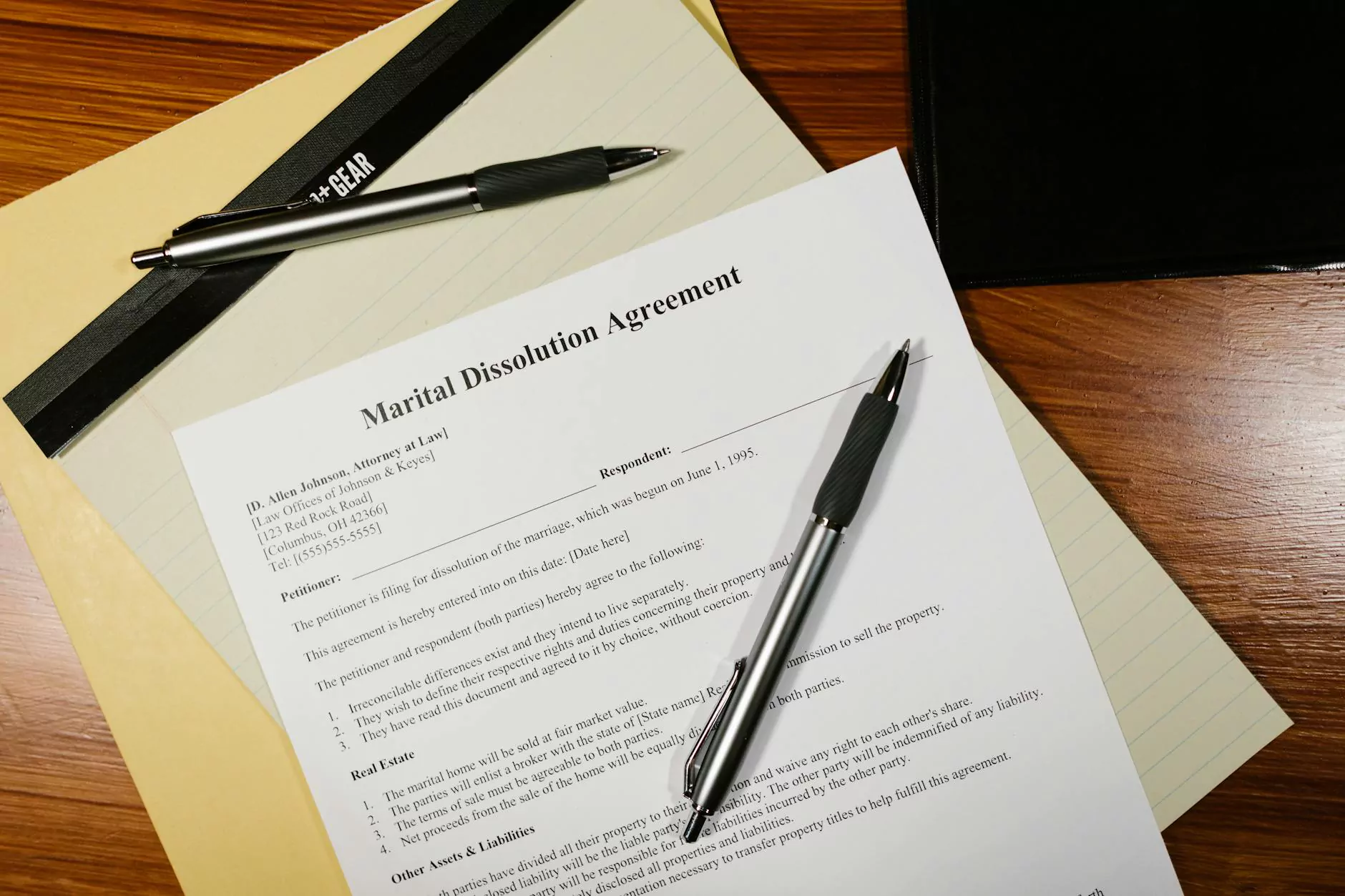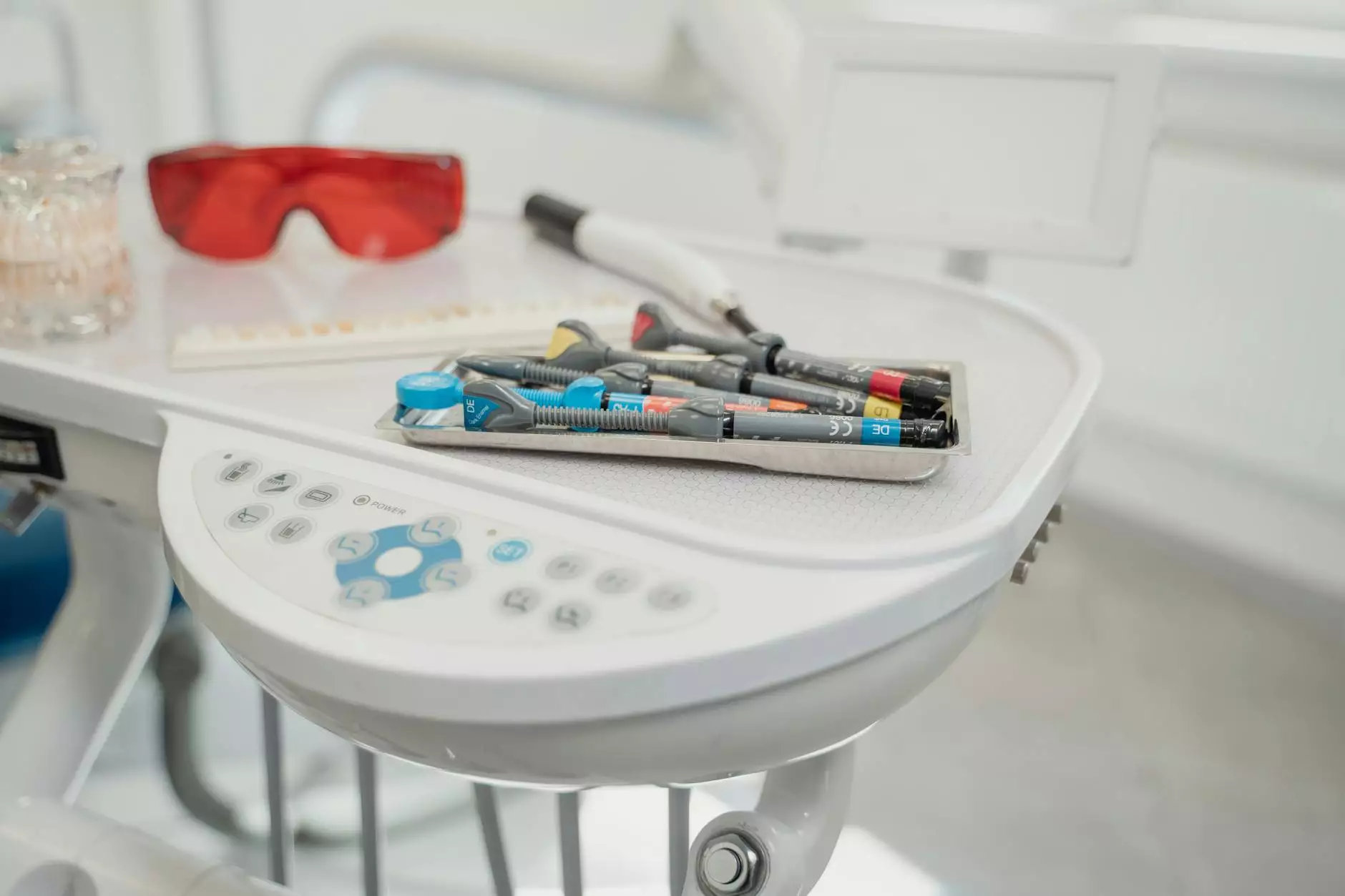Understanding Semaglutide Administration: A Guide for Health and Wellness

When it comes to weight loss and managing chronic conditions such as Type 2 diabetes, semaglutide has emerged as a game-changing medication. As effective as it is, understanding how semaglutide is administered is crucial for anyone considering this treatment. In this article, we will explore the intricacies of semaglutide, including its administration method, benefits, and the important factors to consider in a weight loss program.
What is Semaglutide?
Semaglutide is a synthetic analogue of the human glucagon-like peptide-1 (GLP-1). Originally developed for treating Type 2 diabetes, it has recently gained widespread attention for its remarkable effects in promoting weight loss. Approved by the FDA, semaglutide not only helps lower blood sugar levels but also reduces appetite, making it an attractive option for many individuals struggling with obesity.
How Does Semaglutide Work in the Body?
To fully appreciate how semaglutide is administered, it’s important to understand its mechanism of action. Semaglutide works by mimicking the functions of GLP-1, which is a hormone that promotes insulin secretion and suppresses glucagon release in the pancreas. It also plays a role in:
- Reducing appetite: Semaglutide signals the brain that the stomach is full, helping to control hunger.
- Slowing gastric emptying: This prolongs the sensation of fullness and reduces food intake.
- Enhancing insulin sensitivity: Improves how the body responds to insulin, making it easier to manage blood glucose levels.
How is Semaglutide Administered?
One of the key aspects of semaglutide treatment is understanding how semaglutide is administered. Semaglutide is typically administered through a subcutaneous injection, meaning it is injected into the fatty tissue just under the skin.
Step-by-Step Guide to Administration
- Preparation: Before administering semaglutide, wash your hands thoroughly and gather all necessary supplies, including the semaglutide pen, alcohol wipes, and a sharps container for disposal.
- Find the Injection Site: Common injection sites include the abdomen, thigh, or upper arm. Rotate injection sites each week to avoid irritation.
- Clean the Site: Use an alcohol wipe to clean the injection area to reduce the risk of infection.
- Prepare the Pen: Remove the cap from the pen and check the medication for clarity. If it's cloudy or contains particles, do not use it.
- Inject: Pinch the skin around the injection site, insert the needle at a 90-degree angle, and press the button on the pen to administer the dose. Hold for a few seconds to ensure all medication is delivered before removing the needle.
- Dispose of Materials: Dispose of the needle safely in a sharps container and replace the pen cap.
Dosage Recommendations
Semaglutide is usually started at a low dose to prevent gastrointestinal side effects. Dosage adjustments may be made by your healthcare provider based on your tolerance and response to the medication. Typical dosing includes:
- Initial Dose: 0.25 mg once weekly for the first 4 weeks.
- Maintenance Dose: After that, the dose is often increased to 0.5 mg weekly and can be further increased to 1 mg based on individual needs and efficacy.
Benefits of Semaglutide Administration
Administering semaglutide as prescribed can lead to [various health benefits](https://skinnyquick.co):
- Significant Weight Loss: Studies have shown that patients can lose up to 15-20% of their body weight.
- Improved Metabolic Health: Benefits include better blood sugar control and lowered cardiovascular risk markers.
- Higher Quality of Life: Many users report an increase in energy levels and overall satisfaction with their health.
Side Effects and Considerations
Like any medication, semaglutide can have side effects. It’s essential to be aware of them to have realistic expectations about the treatment. Common side effects include:
- Nausea and vomiting
- Diarrhea
- Constipation
- Abdominal pain
Serious side effects, though rare, may include pancreatitis or kidney problems. Always consult with your healthcare provider to ensure semaglutide is the right choice for you, especially if you have a history of these conditions.
Integrating Semaglutide into Your Weight Loss Strategy
For maximum effectiveness, semaglutide administration should be part of a comprehensive approach to weight loss. Here are some strategies to enhance your results:
- Balanced Diet: Focus on whole foods, including fruits, vegetables, lean proteins, and whole grains while minimizing processed foods.
- Regular Exercise: Incorporate both aerobic and strength training exercises into your weekly routine.
- Behavioral Changes: Mindful eating and maintaining a consistent meal schedule can aid in managing cravings.
Conclusion
Understanding how semaglutide is administered is a vital aspect of starting this treatment. With its ability to significantly impact weight loss and improve metabolic health, semaglutide represents a promising option for many individuals facing obesity and Type 2 diabetes.
As you consider integrating semaglutide into your life, always consult healthcare professionals to tailor the approach that’s best suited for you. The path to achieving optimal health and well-being is a journey, and with the right tools and knowledge, you can navigate it successfully.
If you are interested in more information related to health and wellness, visit us at skinnyquick.co as we provide valuable resources in Health & Medical, Beauty & Spas, and Weight Loss Centers.









